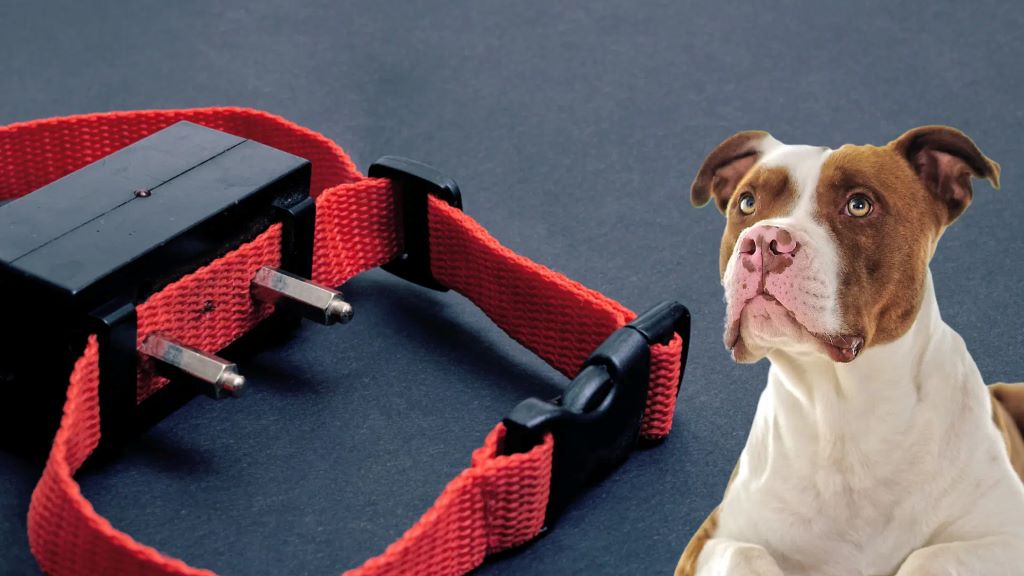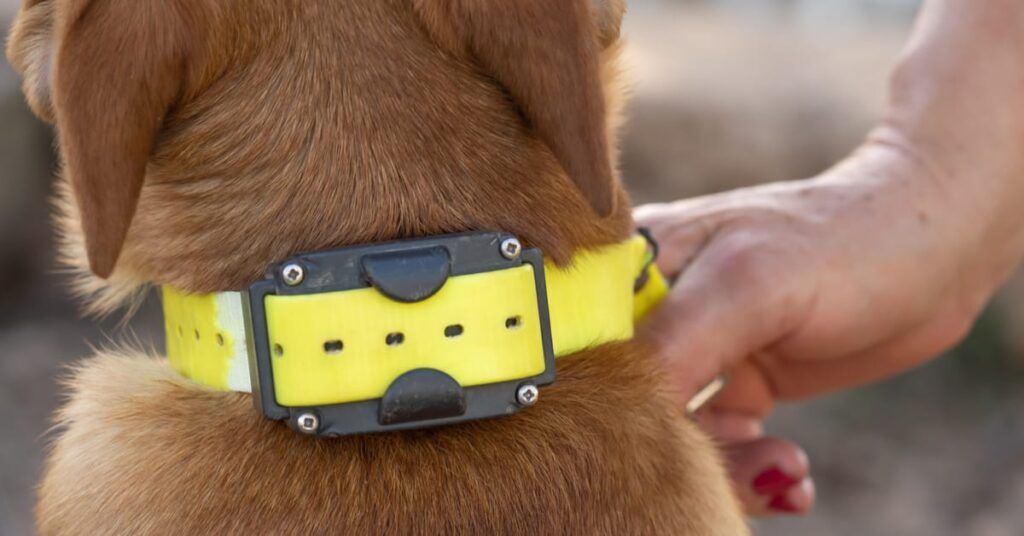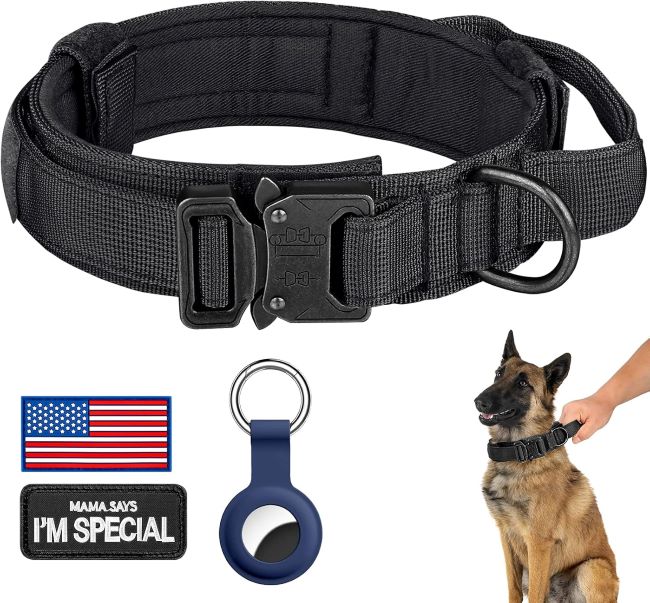Dog shock collars, also known as e-collars or remote training collars, have been a controversial tool in dog training for decades. While proponents argue their effectiveness in curbing unwanted behaviors, opponents raise concerns about their potential for pain and psychological harm. Let’s delve deeper into how these devices operate, their intended uses, and the potential consequences.
The Mechanics of Dog Shock Collars
At their core, dog shock collars function by delivering an electric shock to the dog’s neck via metal contact points on the collar. This shock can range from a mild tingling sensation to a more intense, painful jolt depending on the settings and the individual dog’s sensitivity.
Most modern shock collars utilize a remote control operated by the handler. This remote allows the handler to trigger the shock from a distance, typically up to several hundred yards. Some collars also incorporate additional features like vibration and beep modes, often used as warning signals before administering a shock.
The technology behind these collars varies, but most employ radio frequency signals to communicate between the remote and the receiver unit on the collar. The receiver contains a battery and the necessary circuitry to generate the electric shock when triggered.
Intended Uses of Dog Shock Collars
Shock collars are primarily used for training purposes, to discourage unwanted behaviors such as excessive barking, aggression, jumping, or roaming.
- Bark Control: Shock collars specifically designed for bark control often have an automatic mode that detects barking and delivers a shock in response. The intensity of the shock may escalate with repeated barking.
- Remote Training: Handheld remote-controlled collars provide trainers more control, allowing them to administer a shock as a correction for specific behaviors during training sessions.
- Containment: Some systems use shock collars in conjunction with an invisible fence to create a boundary for the dog. If the dog approaches the boundary, the collar emits a warning tone or vibration, followed by a shock if the dog crosses the line.
The Controversy Surrounding Dog Shock Collars

The use of shock collars has sparked significant debate and controversy. While proponents tout their effectiveness in quickly suppressing unwanted behaviors, critics raise ethical concerns about the potential for pain, fear, and psychological harm to dogs.
- Pain and Distress: While manufacturers often claim the shock is merely unpleasant, studies suggest it can cause significant pain and distress in dogs. The intensity of the shock can vary depending on the collar settings and the individual dog’s sensitivity, making it difficult to gauge the level of discomfort experienced.
- Negative Associations: Shock collars can create negative associations with people, other animals, or even the environment. A dog who is shocked to bark at another dog may develop fear or aggression towards other dogs.
- Psychological Impact: Repeated use of dog shock collars can lead to anxiety, fear, and learned helplessness in dogs. The unpredictable nature of the shock can create a constant state of stress and undermine the dog’s trust in its owner.
Alternatives to Shock Collars
Positive reinforcement training, which rewards desired behaviors, is widely regarded as a more humane and effective approach to dog training. It focuses on building a strong bond between the dog and owner based on trust and cooperation rather than fear and intimidation.
Other alternative training tools and methods include:
- Clicker training: A clicker is used to mark desired behaviors, followed by a reward, creating a clear association for the dog.
- Harness training: Harnesses offer more control and reduce stress on the dog’s neck compared to traditional collars.
- Professional dog trainers: Certified trainers can provide guidance and support in addressing specific behavioral issues using positive reinforcement techniques.
Ethical Considerations and Legal Restrictions
The use of dog shock collars is subject to ethical considerations and varying legal restrictions in different regions. Some countries have banned or severely restricted their use due to concerns about animal welfare.
It is essential to prioritize the well-being of your dog and choose training methods that promote a positive and trusting relationship. If you are considering using a shock collar, it is crucial to consult with a qualified veterinarian or certified dog trainer to explore alternative options and understand the potential risks and consequences.
Related: GoTags Personalized Dog Collar: A Tailored Fit for Your Furry Friend
Conclusion
While dog shock collars may offer a quick fix for certain behavioral issues, they come with significant ethical concerns and the potential for harm. Positive reinforcement training and other humane methods provide a more sustainable and compassionate approach to dog training, fostering a strong bond between humans and their canine companions.




